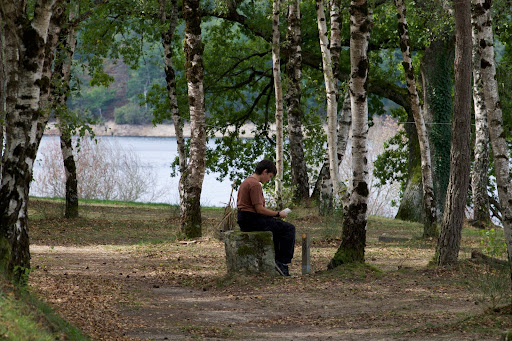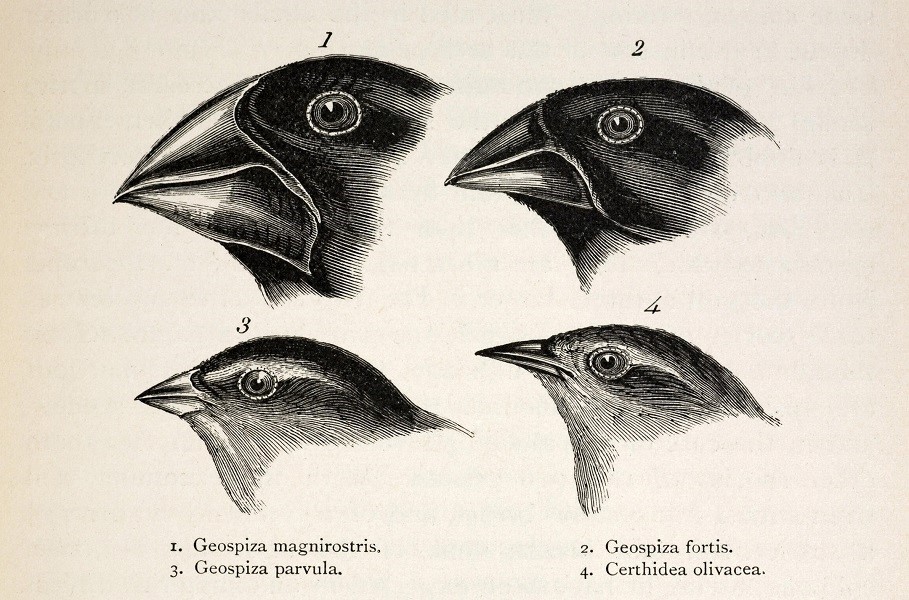
The concept of biodiversity has become central in debates on the environment and its preservation, highlighting the importance of assessing its state.
Despite its crucial importance in the study of ecosystems and living beings, and although it is an ancient discipline, the term itself is less than 50 years old. In fact, it results from several centuries of scientific discoveries, of which we will give a brief overview.
In this article, we will go back to the origins of the study of living beings and their habitats, up to the appearance of the term biodiversity. To do this, we will present several great scientists who have contributed to making this discipline what it is today:
- Linnaeus and the classification of living beings
- Lamarck and the concept of evolution in transformism
- Darwin and the theory of evolution
- The first climate convention
Linnaeus and the classification of living beings
We are in the 18ᵗʰ century in Uppsala, Sweden, when a naturalist named Carl von Linnaeus undertakes for the first time to propose a systematic classification of living beings. His goal is to differentiate and group species according to morphological criteria, that is, based on their appearance and physical characteristics. In 1735, he published his major work, Systema Naturae, which laid the foundations of modern classification.
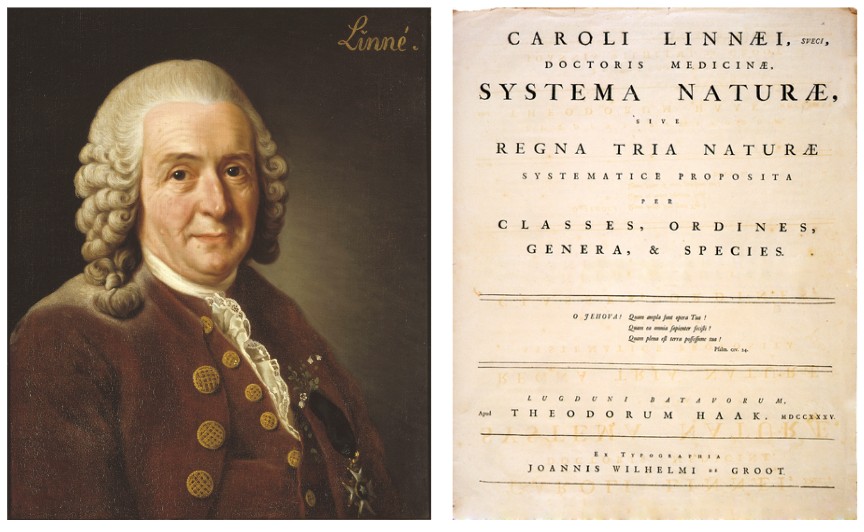
But Linnaeus’s ambition went beyond mere scientific curiosity. At that time, the dominant theory was fixism: all species were thought to have been created by God, perfectly adapted, and none had disappeared or evolved since their origin. As Linnaeus himself stated: “We count as many species as there were in the beginning of different forms created.” Thus, by classifying and organizing species according to an orderly logic, Linnaeus hoped to uncover the creator’s intentions.
We still owe him today the binomial nomenclature system, which gives each living organism a two-part name: the genus name (in italics and capitalized) and the species name (in italics and lowercase). For example, Homo sapiens for humans, Bos taurus for cattle, etc.
Linnaeus thus introduced a framework to describe the diversity of life forms and laid the first foundations of what would much later be called biodiversity. Yet, in the 18ᵗʰ century, some already began to notice that life changes: fossils testified to vanished forms, and threatened species attracted the attention of naturalists, challenging the idea that nature is immutable.
Lamarck and the concept of evolution in transformism
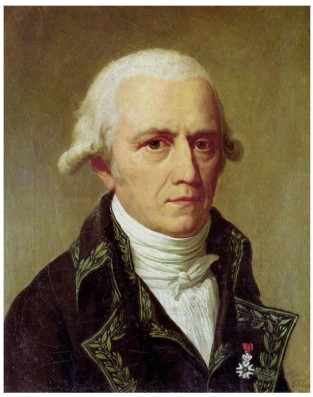
It would take more than half a century after Linnaeus for a naturalist to challenge fixism. The Frenchman Jean-Baptiste de Lamarck, professor at the Jardin du Roi and later at the National Museum of Natural History in Paris, proposed in the early 19ᵗʰ century a revolutionary theory for his time: transformism.
According to him, species are not fixed but change over time under the influence of their environment. His theory is based on two main principles:
-
Adaptation of organs to needs: living beings can modify their organs depending on how they are used. For example, a giraffe, in order to reach leaves high in trees, would stretch its neck over its lifetime.
-
Inheritance of acquired characteristics: these transformations would be passed on to offspring. Thus, the elongated neck of a giraffe would be inherited by its young, who would lengthen it further, and so on.
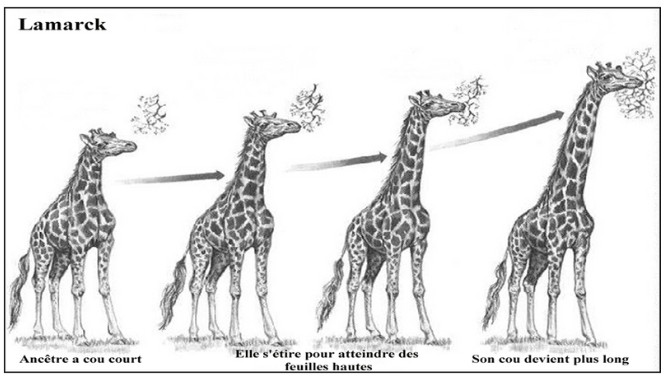
Although this theory is now outdated, it introduced two fundamental ideas:
- Life evolves over time: some species disappear, others appear or change.
- The environment plays a direct role in shaping this diversity, by exerting pressures that shape species.
Lamarck thus laid the first foundations of the link between habitat diversity and biological diversity, a central notion in the modern definition of biodiversity, even though his mechanism of hereditary transmission was incorrect.
Darwin and the theory of evolution
A few decades after Lamarck, another British naturalist would forever change our view of life: Charles Darwin. In 1859, after a five-year voyage aboard the HMS Beagle, he published On the Origin of Species, where he presented the theory of evolution by natural selection.
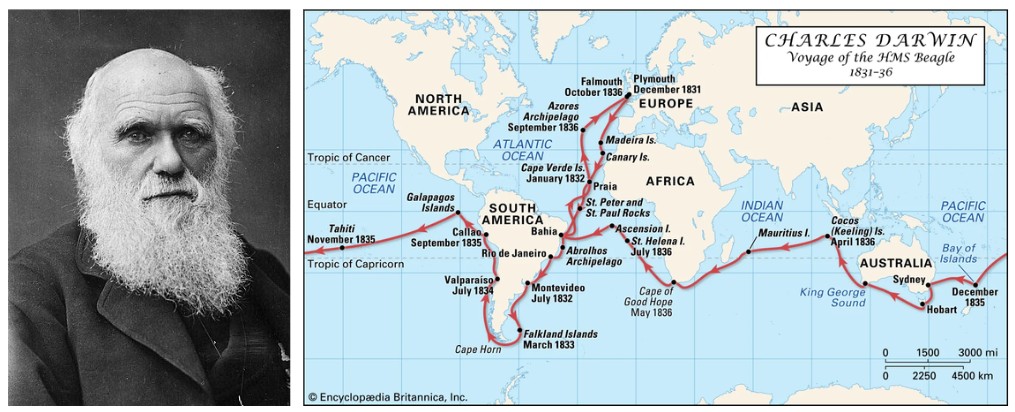
Darwin started from a simple observation: within a single species, there are variations. These variations, sometimes hereditary, can give certain individuals an advantage in their environment. These individuals are more likely to survive and reproduce, passing on their advantageous traits to their offspring.
But unlike Lamarck’s theory:
- It is not the needs of individuals that modify their anatomy, but random variations.
- Only advantageous variations are naturally selected, as they promote survival and reproduction.
This theory, for the first time, explained the origin of biological diversity: it is the result of the accumulation of hereditary variations selected by the environment over time.
A classic example illustrating natural selection is that of the peppered moth (Biston betularia) in England.
Before the Industrial Revolution, the light-colored form of this moth was predominant because it was better camouflaged against lichen-covered birch trunks. With pollution and the darkening of trees, the dark forms, previously rare and more visible, became advantageous as they escaped predators more easily. In just a few decades, their frequency increased sharply. This phenomenon, known as industrial melanism, perfectly illustrates the mechanism of natural selection described by Darwin: pre-existing variations in a population can be favored or eliminated depending on environmental changes.
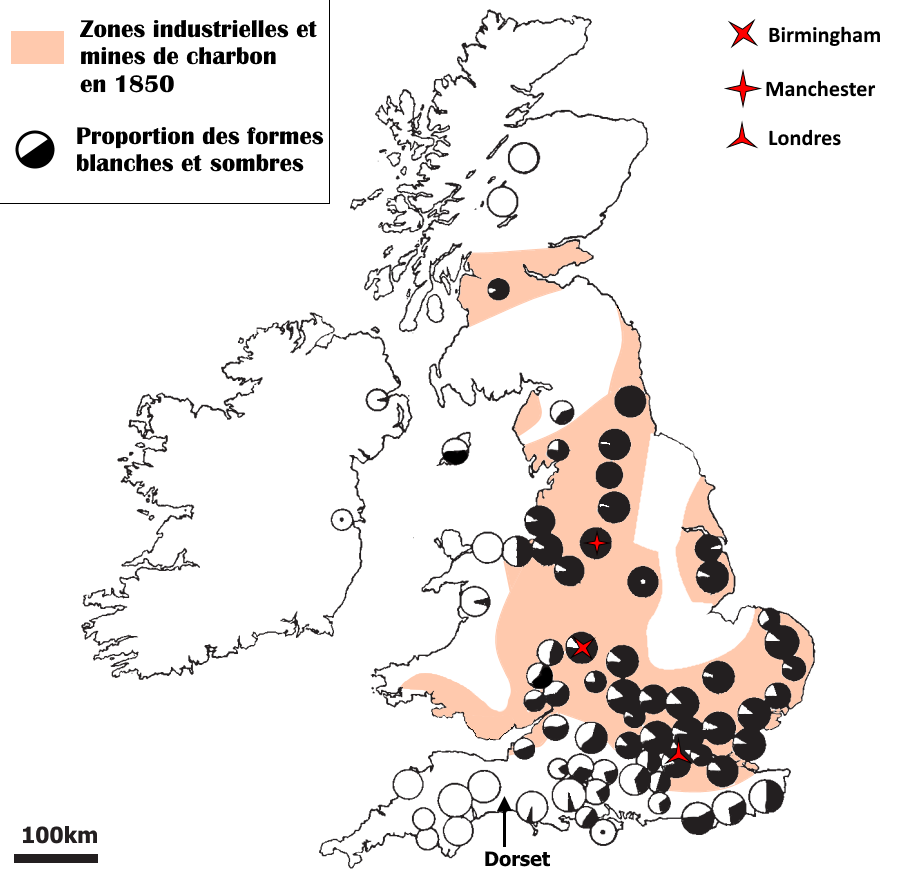
This was a decisive turning point for the definition of biodiversity. It was now understood as the product of a continuous evolutionary process in which species appear, disappear, and diversify depending on environmental changes and selection pressures. Biodiversity is therefore not fixed but a dynamic heritage, in perpetual transformation.
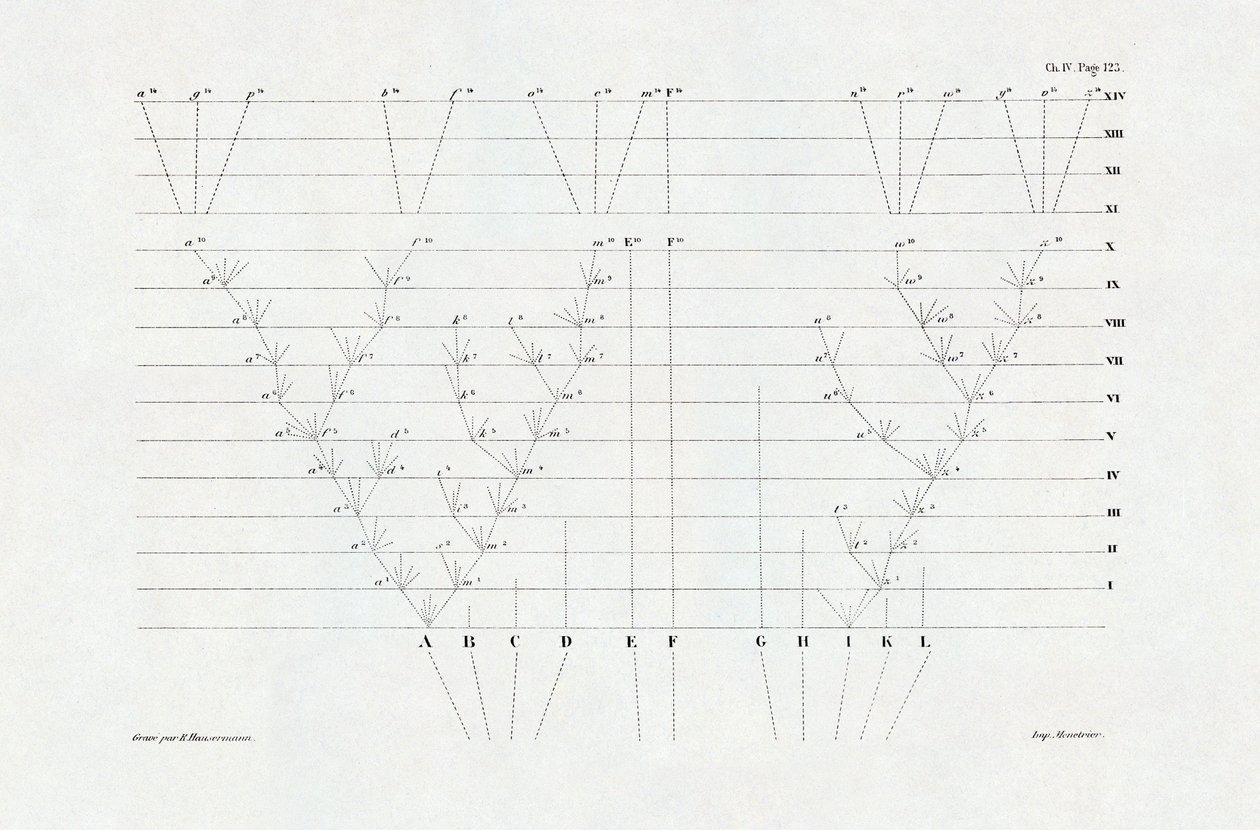
This is the only diagram from Darwin’s major work, On the Origin of Species (1859).
It is the first phylogenetic tree in history, in which Darwin proposed a graphical representation of the evolutionary divergence of species over time. Each horizontal line represents a time interval, and the branching lines illustrate the progressive diversification of species from a common ancestor. This diagram perfectly embodies the modern concept of biodiversity—not as a simple list of current species, but as the result of a dynamic and continuous evolutionary history.
Biodiversity is now defined as the variability of living organisms of all origins, including diversity within species, between species, and of ecosystems. Here, Darwin shows that this diversity is the product of successive divergences, adaptations to varied environments, and the extinction of certain lineages (those that end before reaching the top of the diagram). Thus, current biodiversity is a snapshot of an uninterrupted evolutionary process, and this diagram is an excellent illustration of it.
The first international convention on climate and the environment
While biodiversity had long been studied from a scientific perspective, it was not until the end of the 20ᵗʰ century that its preservation became an international issue. In 1992, in Rio de Janeiro, the UN organized the first Earth Summit, bringing together heads of state, scientists, and NGOs to jointly address major environmental challenges.

From this conference emerged several major texts, including the Convention on Biological Diversity (CBD). It was the first time that biodiversity was recognized as a common good of humanity, essential for the proper functioning of ecosystems and for the survival of human societies.
But what is biodiversity?
The term refers to the variety and variability of life at all scales:
- Ecosystem diversity: forests, coral reefs, deserts, wetlands…
- Species diversity: the number and variety of living beings.
- Genetic diversity: differences within a single species, between individuals and populations.
See the full article “What is biodiversity?”
This global awareness marked a turning point: biodiversity became a political, economic, and ethical issue, inseparable from the fight against climate change, deforestation, and species collapse.




